Prøve GULL - Gratis
Crab CRISIS!
Saevus
|SAEVUS NOVEMBER 23 MARCH 24
There are species around us that are silently disappearing, and we are not even aware that they exist! The Horseshoe crab, a survivor from ages past, is one such species. What can we do?

Horseshoe crabs have often been called ‘living fossils’, with their evolutionary history dating back to half a billion years ago, and the four living species looking extremely similar to the fossilised remains of their ancestors. Around the world, horseshoe crabs are disappearing, either because of the loss of their habitats and breeding grounds, or due to overharvesting. I was lucky enough to encounter some of these fascinating animals in the Indian Sundarbans.
About 480 million years ago, the world was a very different place. Oceans covered everything north of the tropics, while the bulk of the world’s land, including southern Europe, Africa, South America, Antarctica and Australia, was concentrated into a supercontinent called Gondwana. Plants did not have leaves, and the first air-breathing fish were starting to evolve into amphibians. Life existed, sure, but we would not have recognized most of this alien planet.
The oceans, much shallower than today, were filled with a dizzying variety of life, from ancient fish species to cephalopods (like squid and octopus) and trilobites. Also among them were horseshoe crabs of the family Limulidae – arthropods, just like today’s scorpions and spiders. While horseshoe crabs may look like crabs, they are not related to them at all.
Most of these ancient life forms disappeared 250 million years ago, when nine-tenths of life and 95% of marine plants and animals were killed off. Scientists are not sure of exactly what caused this mass extinction, but perhaps it was the volcanic eruptions in modern-day Siberia, which released huge amounts of greenhouse gases in the air, making global temperatures soar, and acidifying the oceans.
Denne historien er fra SAEVUS NOVEMBER 23 MARCH 24-utgaven av Saevus.
Abonner på Magzter GOLD for å få tilgang til tusenvis av kuraterte premiumhistorier og over 9000 magasiner og aviser.
Allerede abonnent? Logg på
FLERE HISTORIER FRA Saevus

Saevus
Staying ALIVE!
The importance of getting to the root causes of conflict with wildlife, is essential. Its mitigation will guarantee the very survival of all species.
8 mins
SAEVUS NOVEMBER 23 MARCH 24
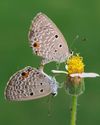
Saevus
Frames from the WILD
A few amazing shots from a horde of incredible ones!
3 mins
SAEVUS NOVEMBER 23 MARCH 24
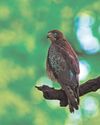
Saevus
WAKE UP!
A frightening thought a world without wildlife, mornings without birdsong, and all that we take for granted! We must realise the dangers threatening the beauteous green world and its inhabitants around us!
4 mins
SAEVUS NOVEMBER 23 MARCH 24

Saevus
Dolphin DILEMMA!
A crucial article to highlight the significance, and plight of Our riverine friends.
3 mins
SAEVUS NOVEMBER 23 MARCH 24
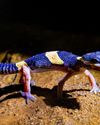
Saevus
Gecko Quest!
The authors take us on the trail of a gecko from West Bengal, through the hills of the Bankura district.
2 mins
SAEVUS NOVEMBER 23 MARCH 24
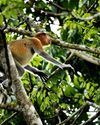
Saevus
Endangered EXOTICA!
The author takes us on an exotic ride into the forests of Malaysia, allowing us glimpses of the beauties of its wildlife!
3 mins
SAEVUS NOVEMBER 23 MARCH 24
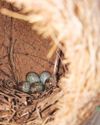
Saevus
Mellifluous Magpie!
Immerse yourselves in the world of the musical and glorious Magpie Robin! The authors help acquaint us with this beautiful bird.
15 mins
SAEVUS NOVEMBER 23 MARCH 24
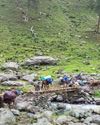
Saevus
Think Different!
The author brings to us the very real concern for the horses employed around pilgrimage sites in India.
4 mins
SAEVUS NOVEMBER 23 MARCH 24
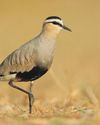
Saevus
Take Heed!
The authors make a case for the conservation of the rare and lesser-known Sociable Lapwing.
6 mins
SAEVUS NOVEMBER 23 MARCH 24
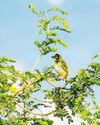
Saevus
Close Encounters!
The author introduces us to two amazing yet very different bird species, showing us the diversity of our ecosystems,
4 mins
SAEVUS NOVEMBER 23 MARCH 24

